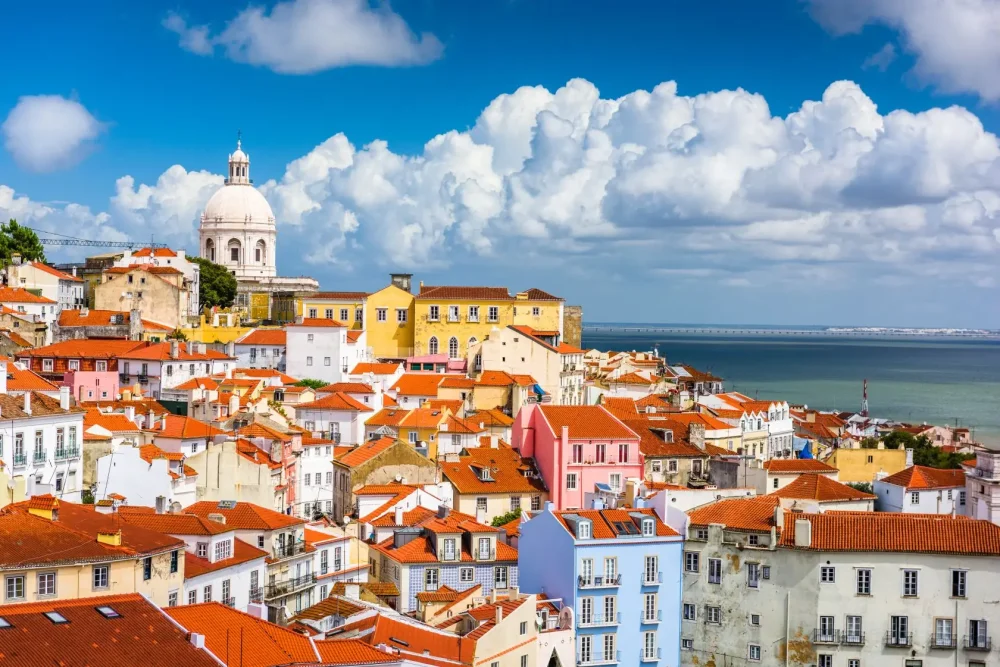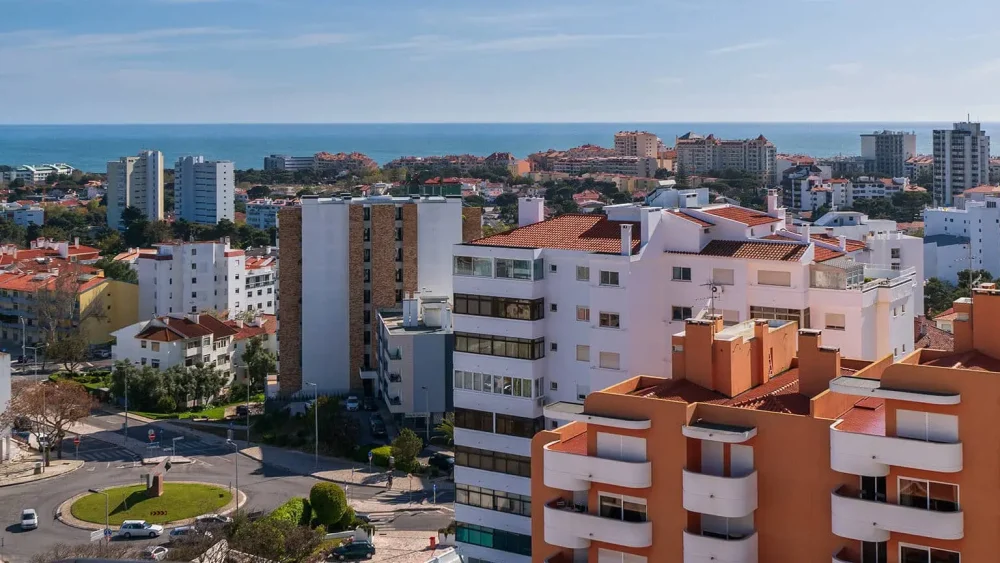Real estate remains one of the few stable long-term investment instruments in times of economic fluctuations. Against the backdrop of unstable inflation, currency fluctuations, and unpredictable stock assets, investments in “concrete” assets maintain demand, preserve capital, and generate income. However, the investment itself does not generate profit — money is not made by the asset itself, but by a well-thought-out strategy of its selection, purchase, and use. To understand how to choose real estate for investments, it is necessary to consider not only the price but also the expenditure structure, the growth prospects of the area, rental demand, and the property’s economy in figures.
Area Potential: How to Choose Real Estate for Investments
Location parameters determine the price per square meter, the speed of asset liquidation, and the stability of rental income. In cities with high business activity, properties near transport interchanges, universities, medical centers, and technoparks demonstrate an annual price growth of 8–12%. For example, in St. Petersburg in 2023, apartments near the metro station “Komendantsky Prospekt” increased in price by 17.3% due to large-scale construction and infrastructure projects. Similarly, the districts of “Dyatkino” and “Shushary” added an average of 11% due to an influx of young families and active construction.

In Moscow, the highest price growth was recorded in Novokosino, Kommunarka, and Vykhino thanks to new MCC stations and the expansion of highways. For instance, in Kommunarka, the average price increased from 197,000 rubles to 232,000 rubles per square meter in 18 months. Millionaire cities like Kazan, Novosibirsk, and Yekaterinburg show price growth within 6–10% annually in promising neighborhoods where IT parks, logistics centers, and new educational institutions emerge.
To accurately determine how to choose real estate for investments, an investor must analyze a complex set of factors: not only infrastructure and transport but also the structure of development, population density, current housing supply volumes, and the speed of apartment sales in the chosen location. Figures form the basis of the strategy.
Investment Format: Studio, Apartment, Condo, or Commercial Property
The property format dictates the target audience, level of expenses, and payback period. One-bedroom apartments remain the most stable type of rental property: the payback period in cities with a population of over 1 million is on average 11.2 years. Studios up to 25 m² in new buildings in Moscow yield 6.5–7.2% annually, especially with short-term rentals through aggregators. In Kazan, studios up to 20 m² in the residential complex “Salavat Kupere” pay off in 9 years with a yield of 7.8%.
Condos, despite the lack of registration and higher taxes, can yield 8–9% annually with the right location. For example, in the residential complex “Level Streshnevo” in Moscow, a 27 m² condo rents for 56,000 rubles per month with a price of 7.9 million rubles, providing a yield of around 8.5%.
Commercial real estate requires significant investments but provides a stable income stream. For instance, a 48 m² store in the residential complex “Svetolyubovo” in the Moscow region generates a net income of about 62,000 rubles per month, ensuring a yield of 10.1% with a purchase price of 7.2 million rubles. Formats with property management companies are one of the most comfortable ways to generate income, especially in the short-term rental segment: companies like “Sutochno Business” ensure an 80–90% occupancy rate per year.
Income Formula: How to Choose Real Estate for Investments
An investor relies on clear figures: income = rental flow minus tax, depreciation, and downtime. For example, a studio for 4.5 million rubles in the residential complex “Letniy Sad” is rented out long-term for 32,000 rubles, with utility and ongoing expenses totaling around 3,800 rubles, a self-employment tax of 4%, resulting in an annual yield of 6.2%. With a 15% price increase over two years, an additional return of 7.5% can be obtained upon sale, creating a total yield of around 13.7%.
An investor does not rely on miracles — an investment works if factors such as vacancy period (on average 1.5 months per year), furniture wear and tear, unforeseen repairs, and adjustments to the market rental rate are considered. In practice, only 22–25% of private investors in Russia conduct a full-fledged property economy, so it is important to use calculation formulas:
- Yield = (Annual rent – expenses) / Purchase price.
- Payback period = Purchase price / Annual net rent.
To correctly determine how to choose real estate for investments, scenarios should be calculated in advance: optimistic (full occupancy), basic (80% occupancy), pessimistic (downtime and rate reduction).
Legal and Financial Parameters: From Document to Tax
Mistakes during the transaction and operation stage can nullify even the most promising investments. Object verification includes:
- Extract from the Rosreestr with the current ownership status.
- Verification of title documents, especially when buying on the secondary market.
- Commissioning certificate, building permit, technical passport.
- Cadastral value — it affects the tax, especially when buying condos and commercial properties.
Starting from 2023, the tax rate on residential properties is up to 0.3% of the cadastral value, and for condos and commercial properties, it is up to 2%. For tenants through individual entrepreneurs or self-employed individuals, the tax rate is 4% (individuals) and 6% (legal entities). When selling real estate within five years, it is necessary to pay personal income tax at a rate of 13% on the profit if not using tax deductions.
To reliably determine how to choose real estate for investments, an investor should formalize contracts considering future tax perspectives: registering as an individual entrepreneur helps reduce the tax burden when renting out multiple properties, while the self-employment regime is suitable for renting out a single apartment.
Digital Infrastructure: Investments Without Physical Presence
A modern investor uses a digital ecosystem rather than a realtor. Platforms like DomClick, CIAN PRO, and SmartDeal automate property selection, market analysis, and location comparison. Smart algorithms consider profitability parameters, ownership costs, rental indices, and the presence of property management companies.
For example, the platform “Samolyot Invest” offers studio purchases with a yield starting from 7.1%, including rental and maintenance services. “PIK-Arenda” provides properties with full occupancy, repairs, and tenant support. Using CRM systems (e.g., RentMate or Flatsharing Pro) allows for rent payment control, reports, property status monitoring, and contractor management.
In a single application, an investor manages 3–5 properties, tracks income, conducts repairs, and signs contracts remotely. Investments are no longer dependent on geography and physical control. To precisely understand how to choose real estate for investments, digital services should be included in the strategy from the very beginning.

5 parameters when choosing a property:
- Location with a stable price growth of at least 7% per year and active construction.
- Property with full finishing, ready for rental, without legal risks.
- Format up to 35 m² suitable for long-term or short-term rental.
- Possibility of working through a property management company or digital platform.
- Predicted yield above the inflation rate (6% and above per year).
Conclusion
Real estate does not forgive superficial choices. Only a comprehensive analysis of the area, accurate economic calculations, a format with predictable demand, and intelligent tax planning allow for building a successful investment portfolio. The answer to how to choose real estate for investments lies not in intuition but in strict logic, real numbers, data analysis, and selecting a strategic management partner.
 en
en  ru
ru  de
de  ar
ar  es
es  nl
nl  hi
hi  fr
fr  it
it  pt
pt  el
el 












